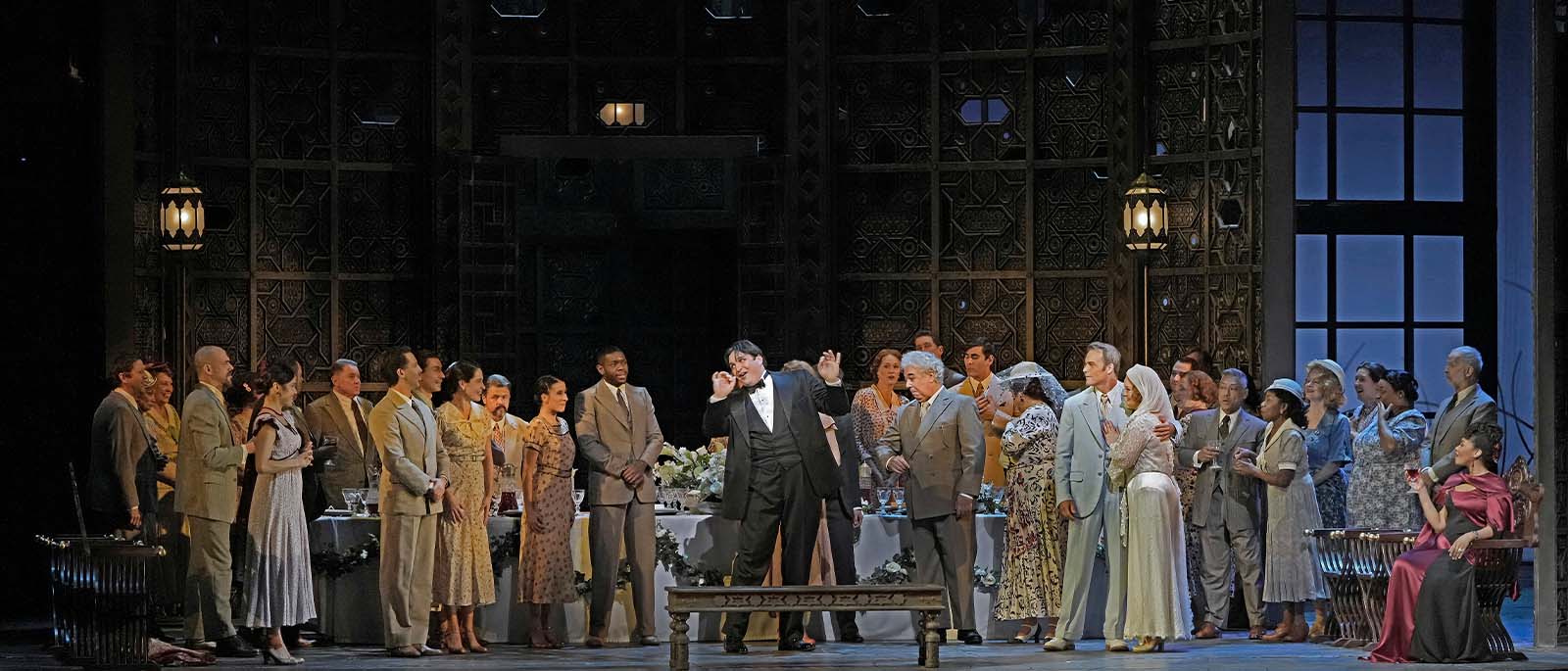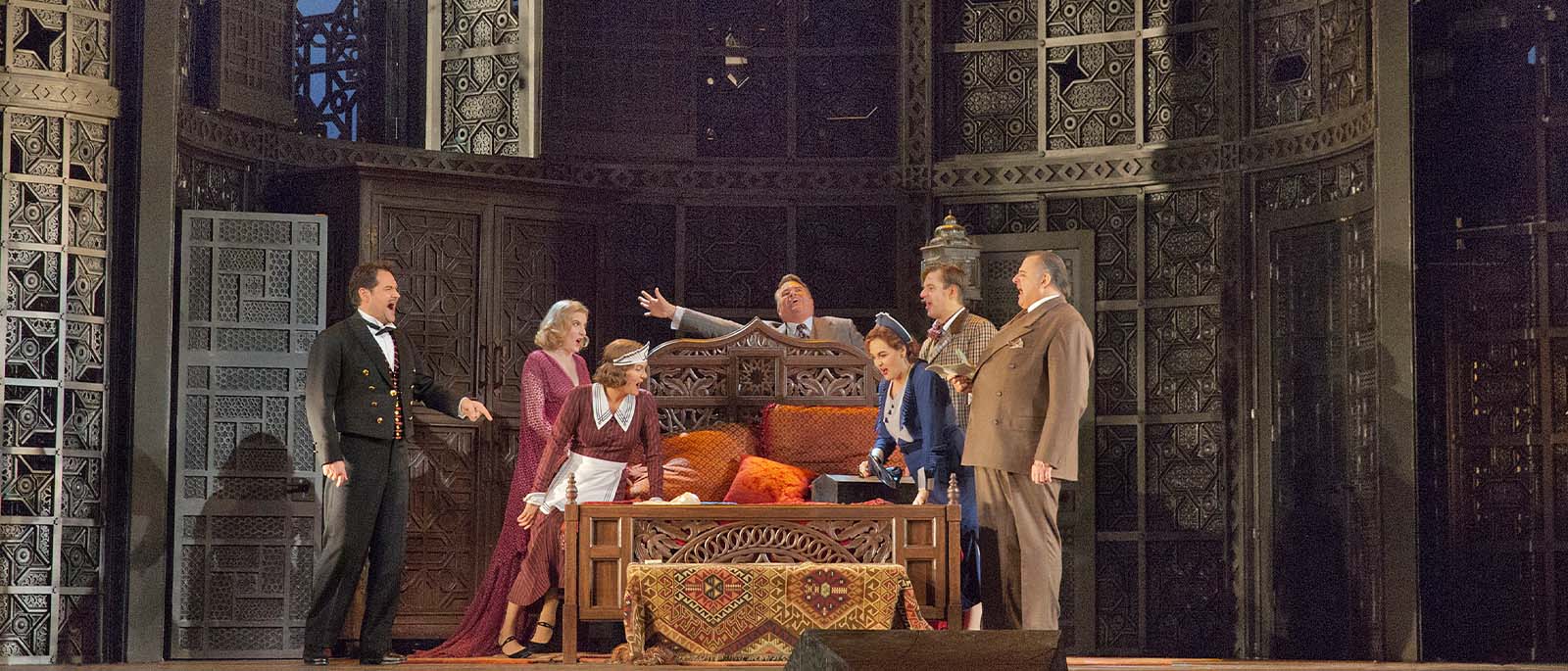
Wolfgang Amadeus Mozart
Le Nozze di Figaro
The general public single ticket on sale date will be announced soon.
Patrons and Subscribers are eligible to purchase single tickets now. Please login to continue.
Overview
Conductor Joana Mallwitz makes her Met debut leading two extraordinary casts in Mozart’s comic masterpiece. Bass-baritones Michael Sumuel and Luca Pisaroni star as the clever valet Figaro, opposite sopranos Olga Kulchynska and Rosa Feola as his betrothed, the wily maid Susanna. Baritone Joshua Hopkins and bass-baritone Adam Plachetka alternate as the skirt-chasing Count, sopranos Federica Lombardi and Jacquelyn Stucker (in her Met debut) trade off as his anguished wife, and mezzo-sopranos Marianne Crebassa and Emily D’Angelo share the role of the adolescent page Cherubino.
Please note that video cameras will be in operation during the Apr 22 and Apr 26 performances as part of the Met’s Live in HD series of cinema transmissions.
Production a gift of Mercedes T. Bass and Jerry and Jane del Missier
Languages
Languages sung in Le Nozze di Figaro
Sung In
Italian
Titles
Title languages displayed for Le Nozze di Figaro
Met Titles In
- English
- German
- Spanish
- Italian
Timeline
Timeline for the show, Le Nozze di Figaro
Estimated Run Time
3 hrs 30 mins
-
House Opens
-
Acts I and II
100 mins
-
Intermission
30 mins
-
Act III and IV
80 mins
-
Opera Ends
Cast
Select a date from the dropdown to filter cast by date of performance
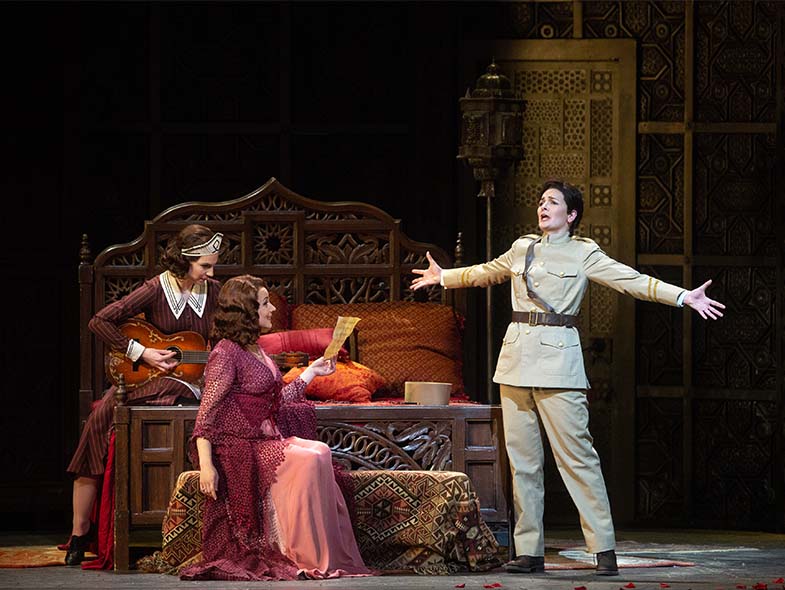
World premiere: Burgtheater, Vienna, 1786. A profoundly humane comedy, Le Nozze di Figaro is a remarkable marriage of Mozart’s music at the height of his genius and one of the best librettos ever set. In adapting a play that caused a scandal with its revolutionary take on 18th-century society, librettist Lorenzo Da Ponte focused less on the original topical references and more on the timeless issues embedded in the frothy drawing-room comedy.
Creators
Wolfgang Amadeus Mozart (1756–91) was the son of a Salzburg court musician who exhibited him as a musical prodigy throughout Europe. His achievements in opera, in terms of beauty, vocal challenge, and dramatic insight, remain unsurpassed. Librettist Lorenzo Da Ponte (1749–1838), who led an adventurous life in Venice and Vienna, also collaborated with Mozart on Don Giovanni and Così fan tutte. He later emigrated to America, where he became the first professor of Italian at New York’s Columbia College (now University).
PRODUCTION
Richard Eyre
Set and Costume Designer
Rob Howell
LIGHTING DESIGNER
Paule Constable
CHOREOGRAPHER
Sara Erde
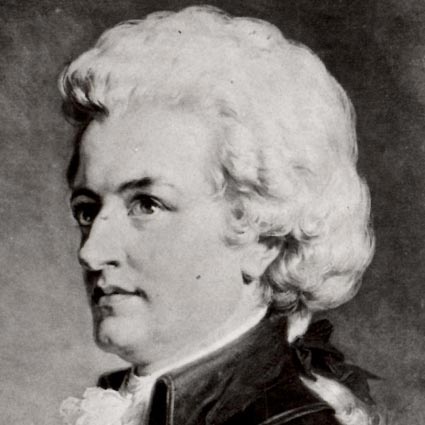
Composer
Wolfgang Amadeus Mozart
Setting
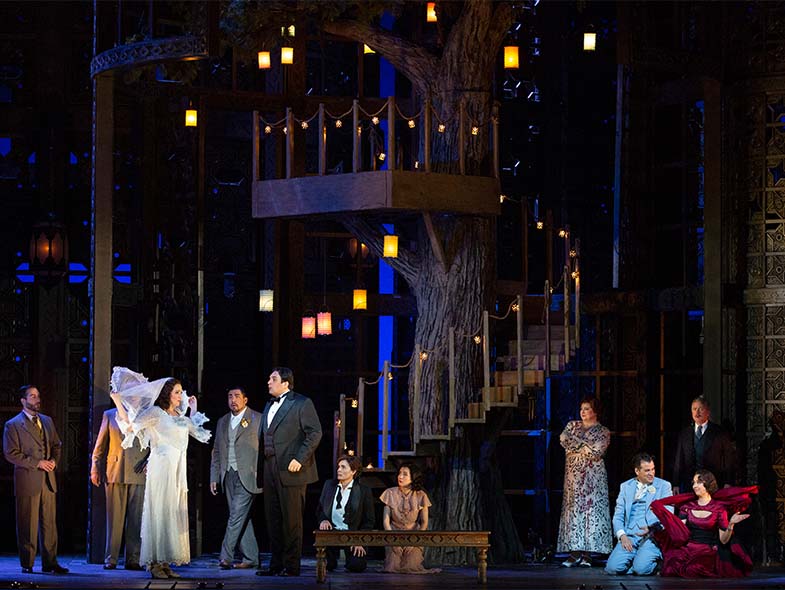
Seville, the setting of Le Nozze di Figaro and its prequel, The Barber of Seville, was famous in Mozart’s time as a place filled with hot-blooded young men and exotically beautiful women sequestered behind latticed windows, or “jalousies” (which gave us our English word “jealousy”). The city was the birthplace of the Don Juan legends, which Mozart and Da Ponte would mine for their subsequent masterpiece, Don Giovanni. The current Met production of Le Nozze di Figaro places the action in the 1930s.
Music
Le Nozze di Figaro’s amazing score mirrors the complex world it depicts. The first impression is one of tremendous beauty and elegance. Dig a little deeper, and you’ll find all the underlying pain and deception, with a constant tension between the social classes and the sexes, where each character has something to gain and something to hide. Standout solo numbers include the Countess’s two arias, Cherubino’s “Voi, che sapete,” Susanna’s “Deh, vieni, non tardar,” and Figaro’s arias, the angry Act IV diatribe against womankind, “Aprite un po’ quegli occhi,” and Act I’s “Non più andrai,” in which not even the most buoyant and memorable melody in the world can quite hide the character’s sarcasm.
